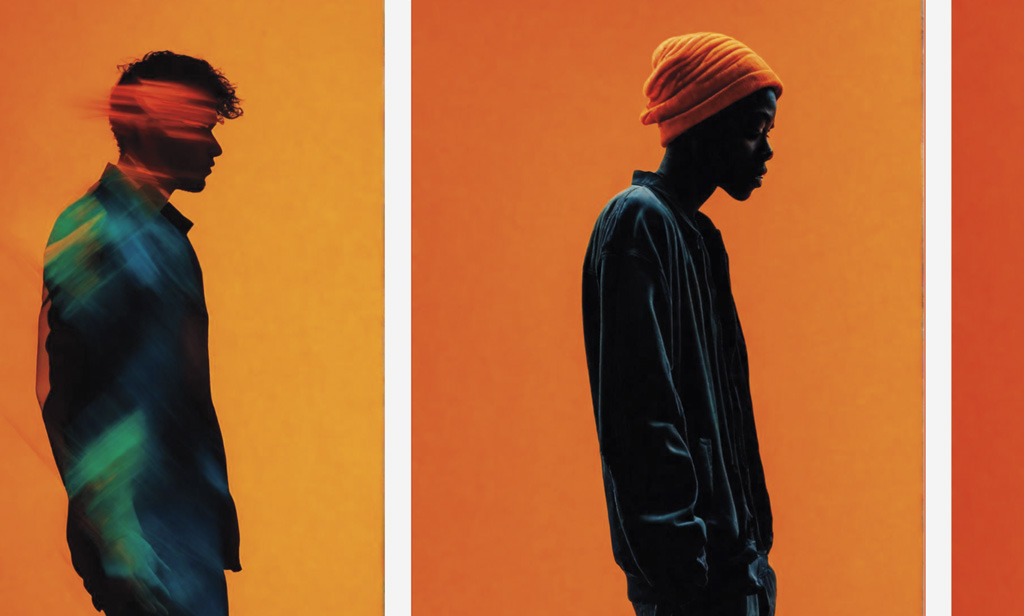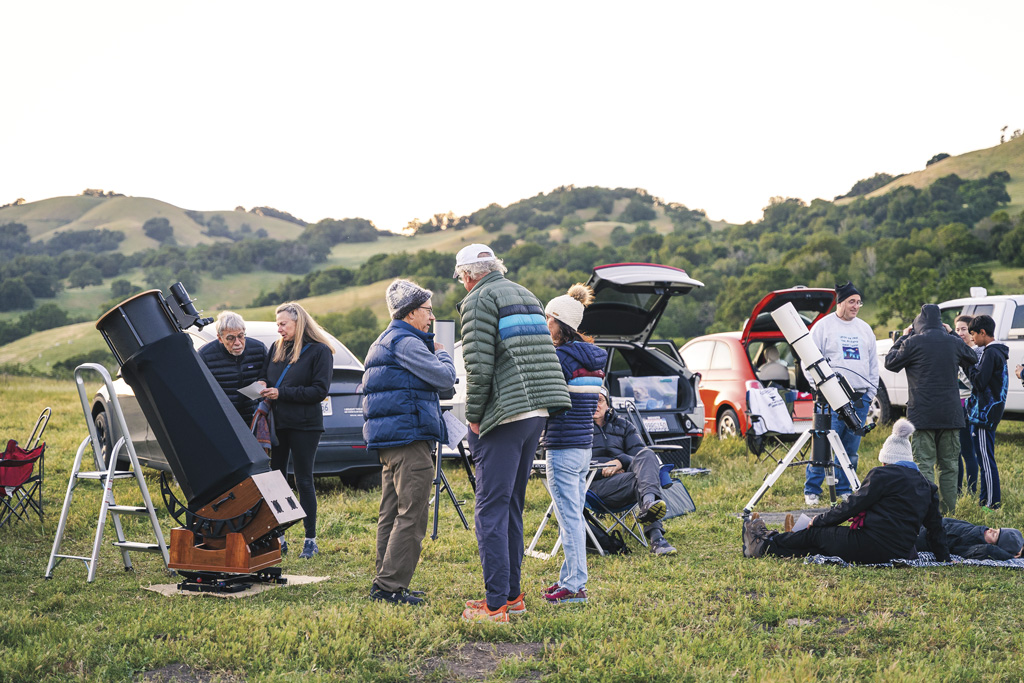Whoever says AI will ruin creativity has never heard of Visual Electric. The image generator platform was built by creatives for creatives. “It’s designed to help give form to the vision in your mind’s eye … or lead you to something even better,” says the company’s mission statement.
Two of the founders, Marinites Colin Dunn and Adam Menges, come from a tenured career in design, and the third, Zach Stiggelbout, comes from AI and software engineering. Dunn’s idea for Visual Electric first came to him while he was leading design at Universe and realizing a lot of his team used generative AI in their work, but none of the existing tools were optimized for the creative process.
“When you look at state-of-the-art AI tools, most of them are chat-based (like ChatGPT),” says Dunn. “As designers, we all felt that design software wants to be on an infinite canvas, it wants to be a messy, open-ended workspace where you can follow your ideas, explore, spread out. We wanted to build a product designed around how the creative process works, and was intuitive and natural for designers to use.”
Visual Electric looks nothing like the other AI platforms out there. It’s all imagery-focused, with an Inspo page akin to an Instagram explore page or Pinterest board. “Inspiration in particular seemed really important in a design tool because it is so core to the design process,” Menges adds.
When Visual Electric first launched, the founders were handpicking the generated images to showcase on Inspo. But now, with hundreds of thousands of members, users create profiles to show off their own generated work and can follow other creative people who inspire them, making each user’s page unique.
“That seemed like a really cool opportunity to help people discover and learn from each other. That’s a big piece of it — AI is so new that everyone is figuring this out together,” says Dunn. “I think the community aspect is really helpful for figuring out, What makes a great prompt? Or how do you use all of these tools to create something unique and different?”
Because of this philosophy, Visual Electric has become an online community of creative individuals, navigating the best ways to utilize AI as an assistant to their processes. Where a lot of the world is shouting against the use of AI in the creative field, here are creatives themselves cheering it on.
“We’ve had filmmakers, writers, game designers, graphic designers — a huge range of different creative professionals using the product,” says Dunn, mentioning a writer who used Visual Electric to help her visualize the fictional world she wrote about. “Anytime somebody uses the thing you made in ways you could never have imagined is a very exciting experience.”
The future of AI changes seemingly daily, typically in unexpected ways. Visual Electric is ready to be a part of that change, looking toward a more colorful, creative future.










